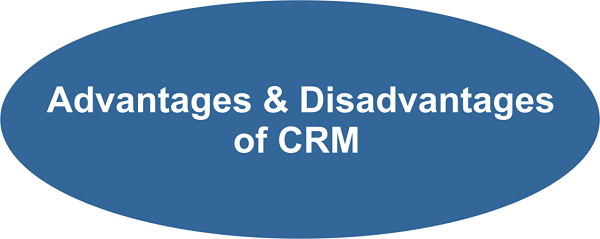Advantages and Disadvantages of CRM

Advantages of C Language:
-
Portability:
- C is highly portable as its compilers are available for a wide range of platforms. Code written in C can be easily transferred between different systems with minimal modifications.
-
Efficiency:
- C is known for its high performance and efficiency. It allows low-level manipulation of data, making it suitable for system programming and resource-intensive tasks.
-
Structured Programming:
- C supports structured programming, which enhances code readability and maintainability. Functions, modules, and blocks contribute to the organization of code.
-
Rich Standard Library:
- C comes with a comprehensive standard library that provides a wide range of functions for various operations. This minimizes the need to write complex algorithms from scratch.
-
Direct Memory Access:
- C allows direct manipulation of memory, giving programmers fine control over system resources. This feature is crucial for tasks like device drivers and system-level programming.
-
Procedural Language:
- The procedural nature of C simplifies problem-solving by breaking down tasks into smaller, manageable procedures. This makes it easier to design and implement algorithms.
-
Community Support:
- C has a vast and active community, offering a wealth of resources, forums, and libraries. This support is beneficial for both learning and problem-solving.
-
Compatibility with Other Languages:
- C can be easily integrated with other languages like C++, allowing for the creation of powerful and flexible applications.
-
Legacy Code:
- Many legacy systems and applications are written in C. Learning C opens up opportunities for maintaining and updating these systems.
Disadvantages of C Language:
-
No Object-Oriented Programming (OOP) Support:
- C lacks native support for OOP concepts like encapsulation and inheritance, making it less suitable for modern software development.
-
No Built-in Runtime Checking:
- C does not have built-in runtime checking, which can lead to errors that are challenging to debug. This can result in programs crashing or behaving unexpectedly.
-
Manual Memory Management:
- C requires explicit memory management, including allocation and deallocation. Improper memory handling can lead to memory leaks or segmentation faults.
-
Security Concerns:
- Due to the lack of built-in security features, C programs are vulnerable to buffer overflows and other security exploits if not carefully written.
-
Limited Standard Library:
- While the standard library is rich, it may lack some features compared to higher-level languages. Developers may need to rely on third-party libraries for certain functionalities.
-
Complex Syntax:
- C has a complex syntax compared to more modern languages, making it potentially more challenging for beginners to learn and write code quickly.
-
No Garbage Collection:
- C does not have a built-in garbage collector, requiring programmers to manage memory manually. This can lead to memory-related issues if not handled properly.
-
Platform Dependency for System-Level Tasks:
- While C is highly portable for application-level programming, it may be platform-dependent for system-level tasks like kernel development.
In conclusion, C remains a powerful and widely used language, particularly in system programming and scenarios where performance and low-level control are critical. However, it does come with challenges, especially for developers accustomed to more modern languages with higher-level abstractions and built-in safety features. Understanding the context and requirements is key when choosing C as a programming language.
Thank you.
